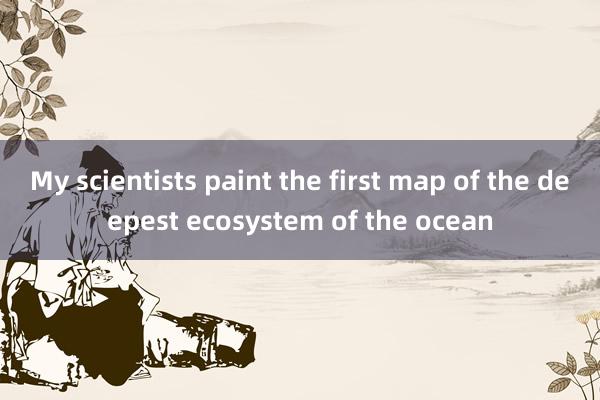
The depth of the abyss exceeds 6,000 meters, making it the least explored extreme environment on earth. The Mariana Trench Environmental and Ecological Research Project jointly initiated by Shanghai Jiaotong University, the Institute of Deep Sea Science and Engineering of the Chinese Academy of Sciences and other units, relies on the "Struggler" manned submersible and the independent and controllable software and hardware system in the field of deep sea life research, elaborates on the unique survival strategy of abyss life and reveals the infinite possibilities of abyss life becoming a treasure house of human resources. Recently, relevant scientific research results were published in the international academic journal "Cell" in the form of a cover album.
The research team carried the "Struggler" manned submersible and explored the abyss seabed many times. They discovered that the abyss microorganisms are extremely prosperous under ultra-high hydrostatic pressure (600 to 1,100 atmospheres) in the deepest waters, revealing the convergent adaptation mechanism between two representative macroorganisms of the abyss and abyss microorganisms, that is, the abyss has a "co-adaptation" strategy that crosses the boundaries of species, thus connecting a unique abyss ecosystem and depicting the first ocean's deepest ecosystem.
Through the analysis of more than 2,000 samples of abyss sediments, deep-sea fish and abyss hook shrimp, combined with on-site observation of the abyss seabed, the research team made three breakthrough discoveries, namely the novel causes of abyss microbial novelty and their adaptation strategies, the adaptation mechanism of abyss hook shrimp, and the adaptive reshaping and evolution trajectory of abyss fish breaking through high-pressure survival restrictions. The research team constructed the most complete data set of abyss prokaryotic microorganisms to date and identified representative genomes at the level of 7564 species, of which 89.4% are new species that have not been reported, and their diversity is comparable to the total number of known marine microorganisms worldwide. The study found that abyss microorganisms have prospered abnormally in the abyss high-pressure, low-temperature and oligotrophic environment through two adaptation strategies: "simplified" and "pluripotent" and "public" types, supporting the prosperity of the abyss ecosystem.
The results also systematically study the food chain of the abyss ecosystem, from microorganisms to invertebrates (hook shrimps) to vertebrates (fish), clarifying the scientific laws of the coordinated evolution of life in extreme environments, and expanding human cognition of marine ecology to a 10,000-meter abyss. At the same time, the prosperous abyss ecosystem demonstrates the huge resource potential of the abyss in new genes, new structures and new functions, providing new ideas for solving the dilemma of global biological resource depletion.

